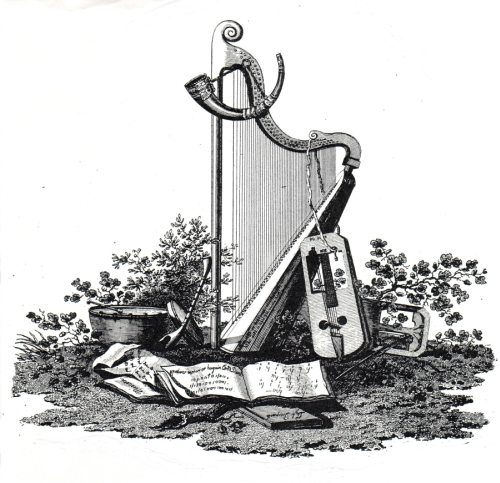YOU SAY....
Morris dance is a Welsh and English
mix
Mike Greenwood scores a very relevant point in his Dancewales column
(March, 2012). Morris dancing is perceived by the English as an
English tradition, which is largely the historical fault of
fire-and-brimstone religious beliefs which prompted Bardd y Brenin,
Edward Jones, to declare with great sadness that Wales, which had been
one of the merriest of places, “has now become one of one of the
dullest.” The story goes that dance researchers called on a lady who
had the reputation of knowing the Welsh dance traditions; before she
demonstrated some dances, she drew the curtains to keep her out of
sight of the disapproving neighbours, who regarded Welsh dances as the
work of the Devil.
Mike identified the Vale Of Glamorgan as the place where forms of
Morris dance still lingered. In the village of Ystradowen, there was a
historical description of 12 men and women, gaily decked out with
ribbons, who performed what can only be described as a Morris dance.
In West Glamorgan, teams of “Merry dancers” accompanied the Mari Lwyd
ceremony. Right now, the Nantgarw fair dance Rali Twm Sion smacks of a
processional Morris dance, as do Dawns Y Blodau and Gŵyl Ifan.
Even that unusual eight-man Nantgarw Morris dance, Y Caseg Eira, has
its origins in the pottery city of Lichfield. There’s a story of the
Lichfield potters working at the Nantgarw pottery; the Lichfield
tradition is very similar to the Nantgarw tradition, and the Nantgarw
solo dance Dawns Y Marchog (in which the dancer dances to all the
points of the compass) is strikingly similar to the Lichfield dance
All The Winds.
But in England, knowledge of Welsh traditions and folklore is
absolutely zilch. The English regard Wales as a closed book as far as
dance and folk traditions are concerned. What is sorely needed is for
the Welsh Folk Dance Society to cooperate with serious dance experts
such as Dawnswyr Nantgarw or Cwmni Caerdydd to write a history of
Morris dance in Wales; and there might be a few surprises along the
way!
PAUL JONES
Cardiff
Back to Top

